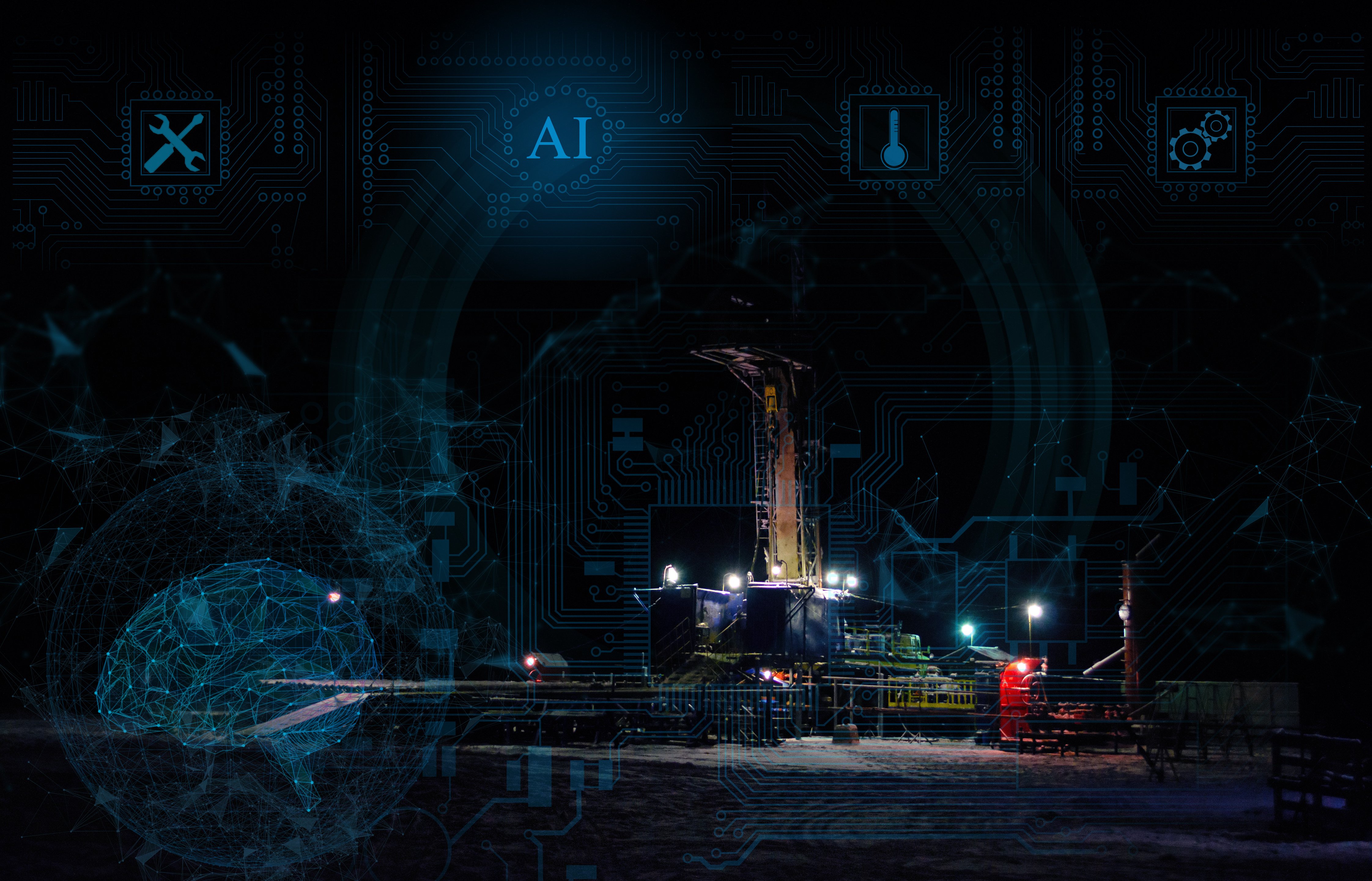Deep Learning and Mineral Exploration: How AI is Revolutionising the Mining Industry
The mining industry is one of the world's oldest and most important industries, with a long history of mining and processing valuable minerals and metals from the earth. However, as the industry faces new challenges and opportunities, it has turned to artificial intelligence (AI) and deep learning to revolutionise how it operates.
Deep learning is a subset of machine learning that uses neural networks to analyse and interpret complex data, such as images, audio, and video. In mineral exploration, deep learning is used to analyse geological data, such as rock samples and satellite images, to identify potential deposits of minerals and metals.
In recent years, there has been a surge in interest and investment in deep learning for mineral exploration. Many mining companies are adopting this technology to streamline operations and reduce costs. Here are some of the ways that deep learning is transforming the mining industry:
Mineral prospecting: Deep learning is used to identify potential mineral deposits in remote and inaccessible regions, such as the Arctic, the Amazon rainforest, and deep beneath the ocean. By analysing satellite imagery and geological data, deep learning algorithms can detect subtle patterns and anomalies that may indicate the presence of valuable minerals and metals.
Mineral identification: Deep learning also identifies specific minerals and metals within geological samples. By training neural networks on large mineral spectra and composition datasets, deep learning algorithms can accurately identify minerals and their associated properties, such as hardness, density, and reactivity.
Mineral processing: Deep learning optimises mineral processing and extraction by analysing sensor data and other monitoring devices. By monitoring key variables, such as temperature, pressure, and chemical composition, deep learning algorithms can predict and prevent equipment failures and other problems, resulting in more efficient and cost-effective mining operations.
Environmental monitoring: Deep learning is used to monitor and mitigate the environmental impacts of mining operations, such as air and water pollution. By analysing sensor data and other environmental variables, deep learning algorithms can predict and prevent environmental risks and ensure that mining operations are conducted in a sustainable and responsible manner.
While deep learning holds great promise for the mining industry, some challenges and limitations also need to be addressed. One of the biggest challenges is data availability and quality, which is often limited and difficult to access in remote and inhospitable regions. Additionally, there are concerns about the ethical and social implications of deep learning in mining, such as the potential impact on local communities and the displacement of traditional mining practices.
Despite these challenges, deep learning is quickly becoming a key technology for the mining industry, with many companies investing in this technology to gain a competitive edge and reduce costs. As technology evolves and improves, we will likely see even more innovative deep-learning applications in mineral exploration and other industries.
In conclusion, deep learning transforms the mining industry by providing new insights and efficiencies previously impossible. By using neural networks to analyse complex data and identify potential mineral deposits, deep learning is helping unlock new sources of valuable minerals and metals while promoting sustainable and responsible mining practices. As the technology evolves and matures, we will likely see even more innovative and transformative deep-learning applications in the mining industry and beyond.



